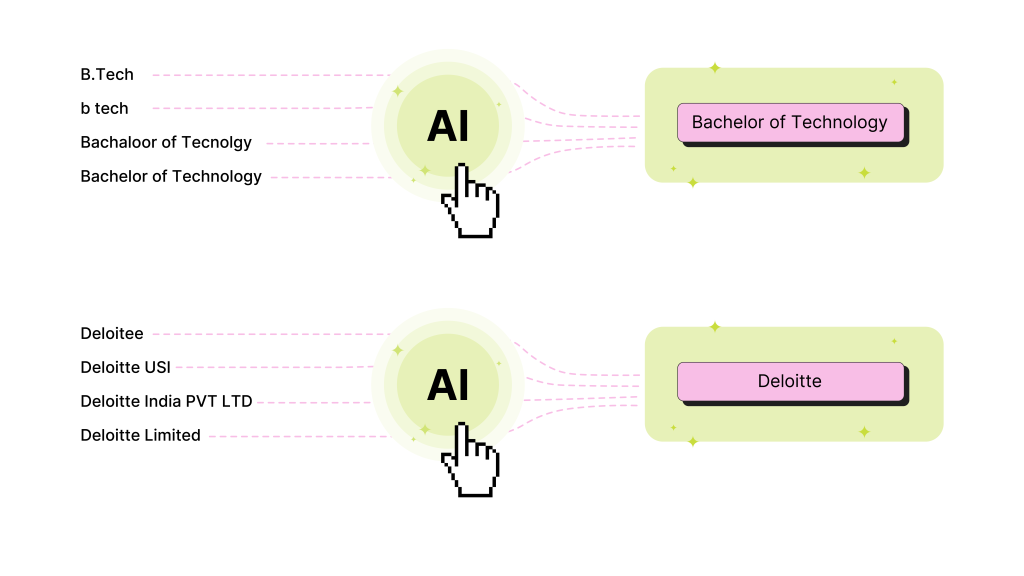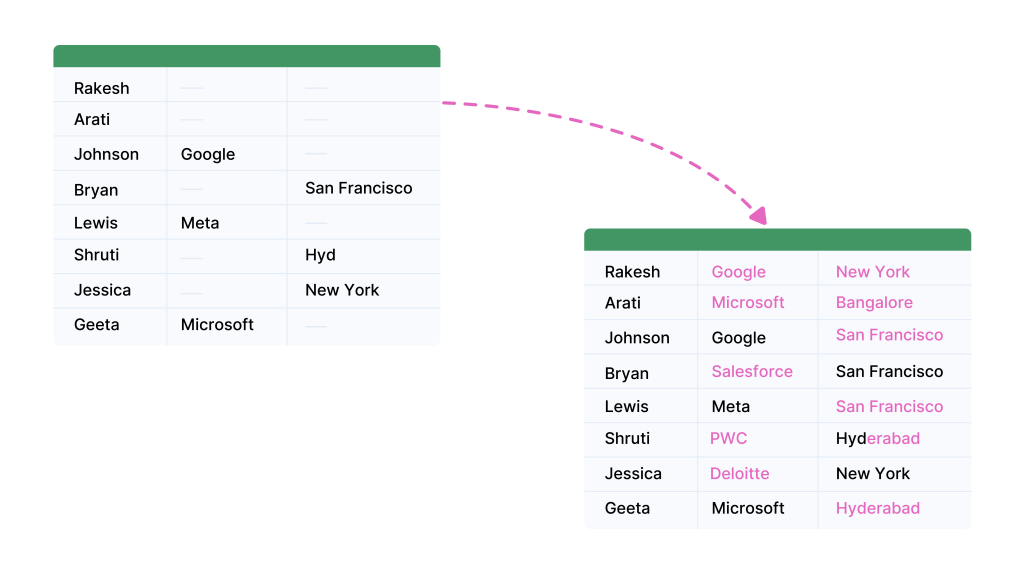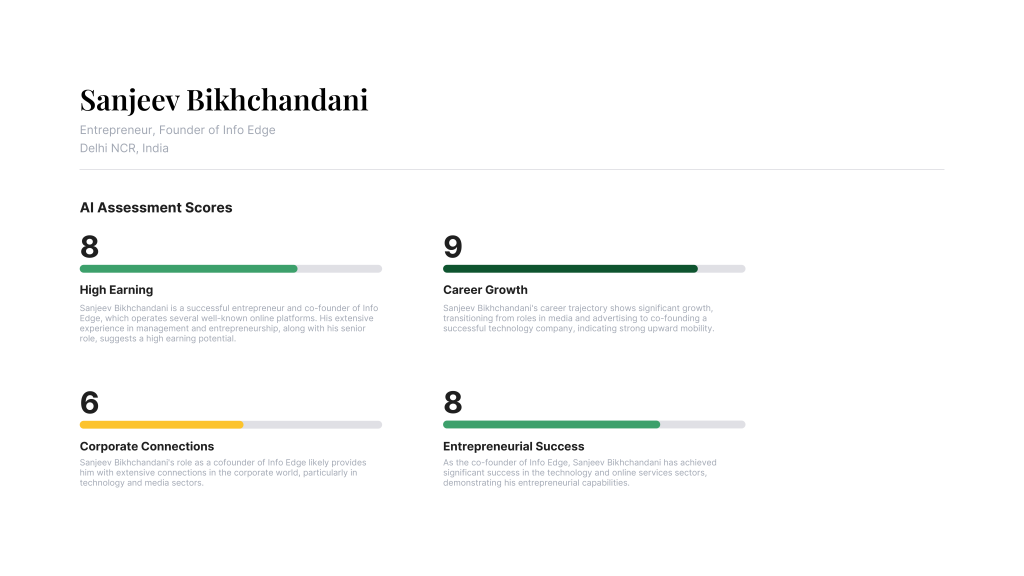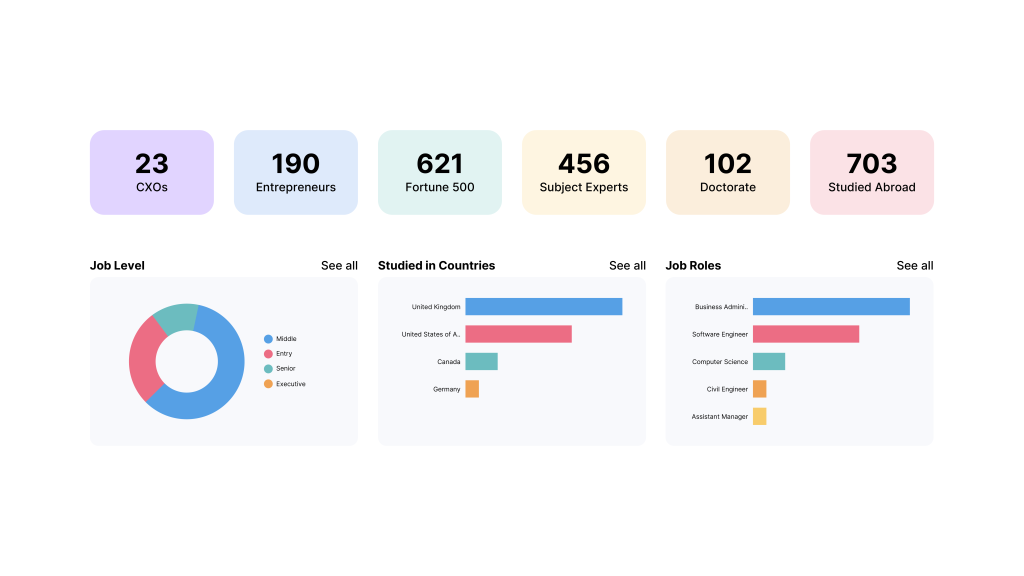AI is not a fantasy anymore; it is very much influencing the way we do things. From ideation to execution and analysis to improvement, AI has streamlined procedures which would otherwise require lots of time and effort. It can be precise, predictive and productive, generating results that are well aligned with your objectives.
Like any other sector out there, onset of the AI revolution is gradually transforming how alumni relations are built and maintained. Its impact on alumni database building and management is huge, bringing major changes as to how the alumni information is sourced, processed, maintained and analyzed.
So, here are 4 essential AI breakthroughs which are revolutionizing alumni database management:
1. Automates Data Cleaning & Organization
When institutions start building or updating their alumni databases, they usually pull information like contact details, work history, skills, and designations from multiple sources. All this data gets crammed into Excel sheets, making them bulky, messy with inconsistent formats filled with duplicates.It can take hours for teams to manually spot repeated entries and cross-verify the information which can be exhaustive.
AI can take over this grunt work effortlessly. It can scan across multiple sources, identify and remove duplicates, and filter the data neatly. With simple commands, AI tools can organize alumni information by batch, department, and roll number, making it far easier for institutions and alumni associations to navigate and manage the database.
Even better, AI scales seamlessly. Whether you’re managing a few hundred alumni or a few hundred thousand, the effort remains the same, saving hours of time and keeping the database consistently clean and organized.
Instant Data Normalization
When alumni fill out Google forms or share their information, they often enter the same details in different ways. For instance, some might write “B.Tech,” others might type “btech,” and a few may spell it out as “Bachelor of Technology.” All three mean the same thing, but these small inconsistencies pile up fast and make sorting and searching a nightmare.
AI can instantly recognize these variations and normalize the entries, ensuring everything looks and feels consistent across the database. It’s a small fix that makes a big difference in keeping an alumni database clean, searchable, and easy to manage.

2. Data Enrichment
Missing alumni information is a common problem faced by many institutions. Sometimes when institutions collect data, crucial details like work experience, current designation, industry, or even location get left out. Incomplete alumni profiles make it harder for institutions to properly engage their alumni.
AI can step in and fill these gaps smartly. Based on the existing data, it can predict missing fields accurately. For example, it can figure out the industry based on listed skills, estimate experience levels and salary bands from the designation and workplace, and even guess the country if the university they attended for higher studies is mentioned.
This also means institutions don’t have to overwhelm alumni with lengthy forms. They can ask only for the most essential details, keeping the signup process quick and painless. AI takes care of enriching the rest automatically, making the database complete and ready for engagement.

3. Intelligent Profile Scoring
Another big advantage AI brings to the table is alumni profile scoring. When alumni profiles are created, AI can rate key aspects like skills, experience, financial background, education, networking strength, and more. This kind of in-depth profiling helps institutions figure out how an alumnus can actually benefit them.
For example, if someone scores high on skills but average on financial parameters, they’re probably a better fit for mentoring rather than fundraising. If someone shows strong financial strength and a wide network, they could be a potential donor or recruiter.
Instead of reaching out to every alumnus for every opportunity, institutions can focus on the right alumni for the right initiatives, making alumni engagement sharper, faster, and way more effective.

4. Actionable Data with Insights
Another huge upgrade AI brings is turning passive alumni databases into active assets. Traditionally, alumni databases just sat there, storing information until someone needed to pull up a few names. But with AI, the database itself becomes smart.
AI can instantly generate cumulative, actionable insights from alumni data. It can throw light on how many alumni are CXOs, entrepreneurs, talent acquisition heads, or working at top companies like MAANG and Fortune 500 firms. It can highlight how many have earned post-graduate degrees or doctorates. It even digs deeper, mapping where alumni are located, which firms they work for, their job roles, seniority levels, and industries.

Here’s How Vaave Adapted AI:
Vaave Magic, an advanced alumni database building tool instantly builds alumni profiles with actionable insights and helps leverage alumni for:
1. Placements and Internships
- Identify Alumni Recruiters, HR Heads, CXOs across Industries
- Identify startup founders & entrepreneurs hiring interns
2. Mentoring & Guidance
- Find Subject Matter Experts (SMEs) for upskilling & industrial projects.
- Shortlist alumni for placement preparation.
- Gauge investment potential of alumni entrepreneurs for student & alumni startups.
3. Admissions & Branding
- Identify successful alumni in various fields.
- Identify Influential Alumni in Academia / Public Service
4. Accreditations & Rankings
- Identify alumni with post graduation & PhDs.







